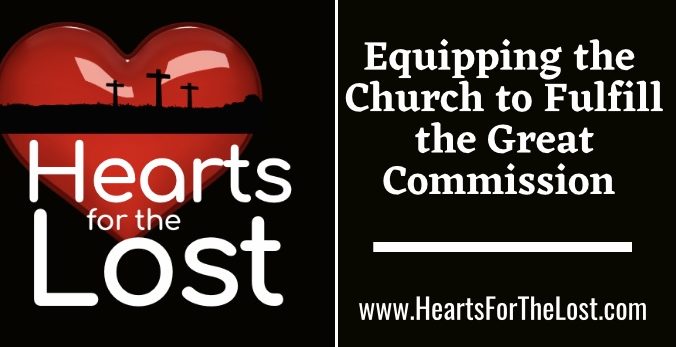What’s is a Standard?
In our daily lives we encounter many standards whether or not we realize it. We use standards for measuring ingredients to bake a cake, monitoring our speed on the highway, and every time we use a tape measure. Most of us do not think twice about what makes an inch an inch. How do we know the inch on my tape measure is the same as yours? The answer is that there is a standard. The inch is based on the meter. It is equal to 25.4 mm. The meter is based on the length of the path traveled by light in vacuum during a time interval of 1/299,792,458 of a second. So, if you are skeptical that the inch on your new Husky tape measure is accurate you can easily check by using a laser interferometer; otherwise just cut that piece of wood in faith. Webster’s dictionary defines a standard this way:
“Something set up and established by authority as a rule for the measure of quantity, weight, extent, value, or quality”
The Moral Standard
God has given us a moral standard which is a standard of quality and is much easier to compare against than the basis of the inch. Martin Luther described this standard as a mirror that reflects our true nature so that we may come to knowledge of our sins1. This knowledge shows us our need of a Savior and brings us to Christ. (Galatians 3:24) It has been said that you cannot tell a stick is crooked unless you have a straight one to compare it to. This standard is required otherwise all things are based on personal opinion. Removing the authority of scripture, which gives us this standard, creates a compounding problem few take the time to examine.
A Witnessing Encounter
The other week I was having a conversation with a very pleasant individual who told me he had read the bible. However, he had also made a grave error. He said, “I like to pull out the morality but leave behind the fairy tales.” He had rejected the authority of scripture and forced his desires on to the text, purging from it the foundation for the standard of that morality which he so proudly claimed to admire.
This is called the modernist view point2. It rejects God and tries to replace Him with man’s view of science while at the same time trying to keep some semblance of moral virtue. But by doing this the morality that the modernist tries to create is actually subjective to personal intuition and opinion. He is unable to make any definitive statements on his principles.
I asked Him if he knew what the overarching message of the bible was. He said he did not therefore I proceeded to go from creation and the fall towards the cross using the moral law to demonstrate the depravity of man and his need for a Savior. I then explained that when he separates the moral law from its authority he had no way to understand what in reality is right from wrong. After our conversation, he thanked me for spending the time with him and said he would consider our words. Through the law a man’s conscience is troubled and through repentance and faith in Christ it is then healed.
1 Book of Concord article VI
2 “a tendency in theology to accommodate traditional religious teaching to contemporary thought and especially to devalue supernatural elements“

